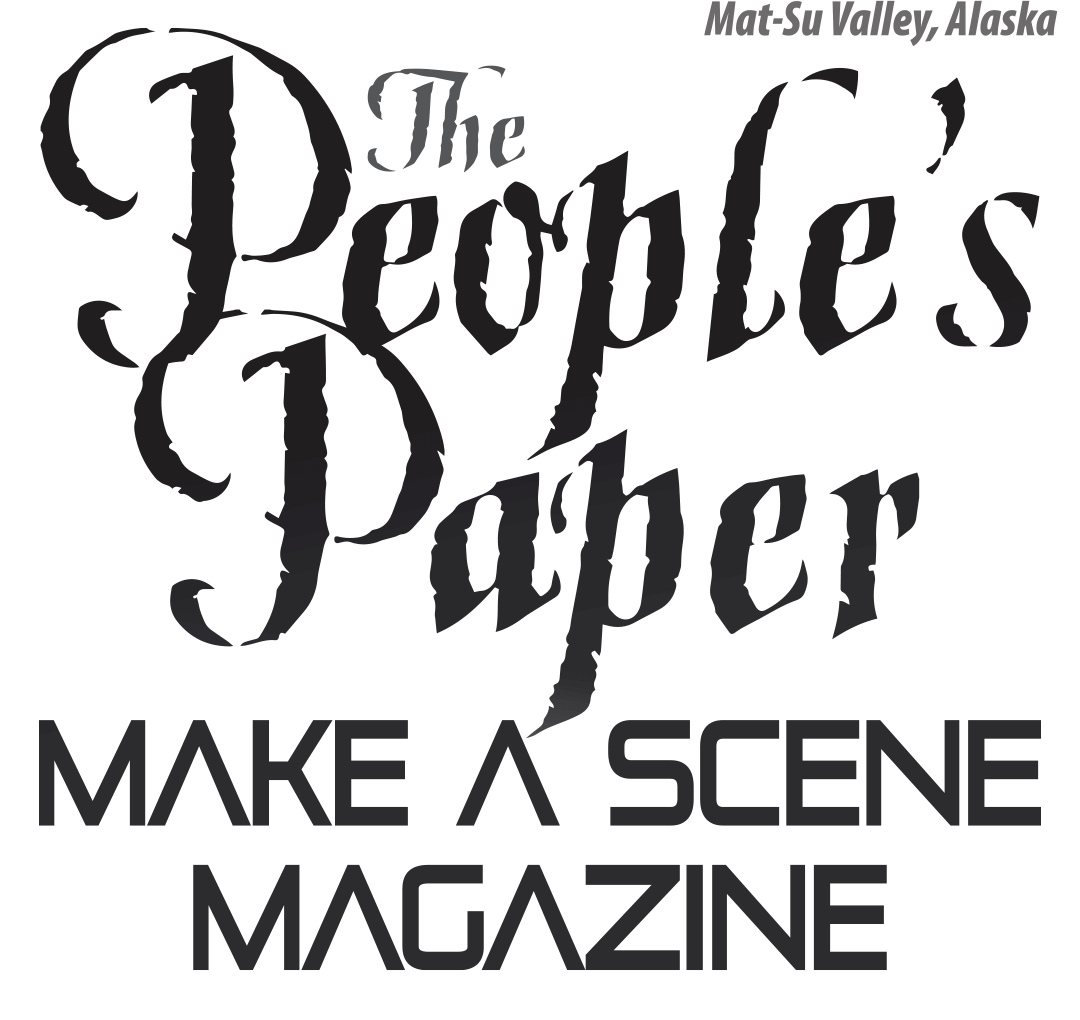Contributed by Vic Kohring
Anthony J. "Tony" Dimond may largely be forgotten, but he still remains prominent in the annals of Alaska's history. Who was Tony Dimond? Have you heard of Dimond Boulevard in Anchorage? The Dimond Center mall? The Dimond Court House? Dimond High School? These were all named after the man, a U.S. congressman from Alaska's territorial days who was also a district court judge, a lawyer and gold miner. He holds a special place in my own personal history as I'm a graduate of the high school named in his honor.
Dimond's law career began through self-study while he also mined for gold in the foothills of the Wrangell Mountains. While trying to strike it rich, he simultaneously hit the books hard. This parlayed into success as a judge and appointment as Alaska's territorial congressman in 1933, the year FDR became president. Dimond's gold mine, a hundred miles north of Cordova, was nestled in a vast, forested area along a remote creek at Calamity Gulch.
As a 16-year old junior at Dimond High, I had the unique opportunity to experience a piece of Alaska's history involving Tony Dimond. My brother Jim, an assistant big game guide in the Wrangell's, was readying two hunting camps for the winter and asked that I help. I took a week off from school and arranged to fly out from Glennallen where I helped him board up cabins and move a group of horses across a mountain pass to the Chitina River flats. It was late September, 1974.
Jim and I decided to take a day off from our work and do some exploring. Our pilot wasn't due for several days and there was a break in the weather. We heard about Mr. Dimond's exploits at a nearby mine decades before and decided to check it out. Dimond's mine was about ten miles from Big Bend Lakes where we were camped. One crisp cold morning, we saddled up two horses, and armed with a topographic map, departed on our little expedition. We traveled west through rugged, unmarked terrain along Young Creek until reaching the abandoned mine perched along the edge of Calamity Gulch.
Dimond's gold mine was a remarkable visit, especially since it was largely intact after over a half-century. It was as if traveling back in time. No vandals had destroyed the place and the only real damage was from the elements. I remember old, decaying hoses and rusted hydraulic pumps used to blast water onto the sides of the valley to remove gold. The gulch was just as scarred, ugly and barren of trees, as if the mine was still in operation. A large cabin where Dimond lived was in good condition, although mostly empty and dark. He even had the convenience of a shower, heated from a barrel stove with coils that circulated hot water to a shower stall. Inside the cabin were scattered papers and law books, some of which bore Dimond's name hand-written inside the covers.
Outside Dimond's cabin sat a derelict Model-T Ford with a flatbed for hauling gear and supplies. How a truck got to such a remote location with no road access is a mystery, although it was probably painstakingly hauled in by pieces on horseback and reassembled. The truck's tires and wooden bed were rotted away, but amazingly, the keys were still in the ignition. Close by were remains of a storage shed, collapsed from the weather. When digging through the debris, we found rusted cans containing nails, screws, nuts and bolts. We even found old bottles, one which said "Hudson's Bay Company" on it. There was also an archaic Listerine bottle. Amazing remnants of Dimond's life.
As I look back 42 years, I realize how significant our find was. The images from 1974 remain frozen in my mind and I still visualize a fully operational gold mine from a century ago. After the passage of another four decades, vandals and the ravages of time have probably reduced the mine to virtually nothing. A Google Earth search confirms this.
It was fascinating to visit such a historic place in my youth. I’m proud of my connection with Tony Dimond and it was my honor to attend the school that bears his name.
